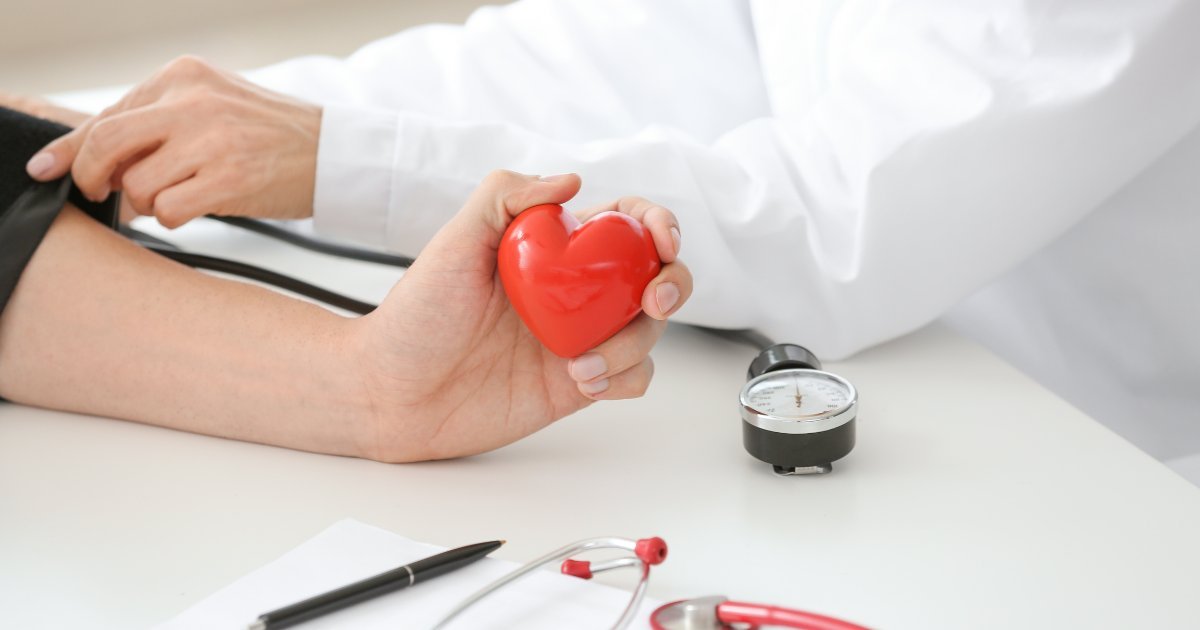Although for a long time it was thought that heart disease mainly affected men, today we know that it is the leading cause of death in women worldwide. The worrying thing is that the symptoms in women are often different and can go unnoticed, delaying diagnosis and treatment.
Key differences in cardiovascular health between men and women
Studies of the American Heart Association and the European Society of Cardiology confirm that women present:
- Less typical heart attack symptoms (shortness of breath, fatigue, neck or jaw pain).
- Increased cardiovascular risk after menopause due to estrogen depletion.
- Higher prevalence of coronary microangiopathy (involvement of small vessels).
- Increased impact of stress and depression on heart health.
Most frequent risk factors in women
- Arterial hypertension.
- Diabetes mellitus type 2.
- Elevated cholesterol.
- Smoking.
- Overweight and abdominal obesity.
- Sedentary lifestyle.
- Family history of early heart disease.
In women, some factors are exclusive or more relevant, such as preeclampsia, gestational diabetes or early menopause.
Warning symptoms in women
| Typical symptom in men | Most frequent symptom in women |
|---|---|
| Oppressive chest pain | Diffuse pain or burning in the chest, neck, jaw, or back |
| Cold sweat | Extreme fatigue without apparent cause |
| Pain in left arm | Nausea, vomiting or dizziness |
| Intense shortness of breath | Mild but persistent shortness of breath |
Recognizing these signs can save lives. When in doubt, it is best to seek immediate medical attention.
Prevention and self-care
- Regular cardiological check-ups: especially after the age of 40 or if there are risk factors.
- Blood pressure, glucose and cholesterol control: through periodic laboratory tests.
- Regular physical activity: at least 150 minutes of moderate exercise per week.
- Cardioprotective nutrition: rich in fruits, vegetables, fish and low in saturated fats.
- Stress management: relaxation techniques, meditation or yoga.
- Avoid tobacco and limit alcohol.
Impact of lifestyle in Puerto Vallarta
Living in Puerto Vallarta offers unique opportunities for women's cardiovascular care: walks on the beach, access to fresh fish, and spaces for outdoor physical activity. However, hot weather requires precautions: hydrate well, avoid intense exercise during the hottest hours and use sun protection.
Life stages and heart health
Pregnancy
Certain obstetric complications, such as gestational hypertension or gestational diabetes, increase the risk of heart disease in the future.
Menopause
The drop in estrogen accelerates changes in cholesterol and blood vessel elasticity, increasing cardiovascular risk.
Advanced age
The presence of other conditions such as osteoporosis, arthritis or cognitive impairment can make physical activity difficult, so it is important to adapt the care plan.
Frequently Asked Questions
Are heart attack symptoms always the same?
No. In women they may be more subtle, which may delay diagnosis.
Do hormones protect against heart attack?
Estrogens offer some protection before menopause, but do not eliminate the risk.
Is an annual checkup recommended?
Yes, especially if you are over 40 or have risk factors.
When to go to the doctor
If you experience chest pain, extreme fatigue or shortness of breath with no apparent cause, seek immediate attention. Early diagnosis can make all the difference.
📅 Schedule your cardiology evaluation in our clinic in Puerto Vallarta to receive a personalized preventive plan.
Make your appointment now
References
- American Heart Association - Go Red for Women
- European Society of Cardiology - Cardiovascular disease in women
- NOM-037-SSA2 - Prevention and control of cardiovascular diseases.
Legal note: This content is educational and is not a substitute for medical consultation. Seek professional care for diagnosis and treatment.
